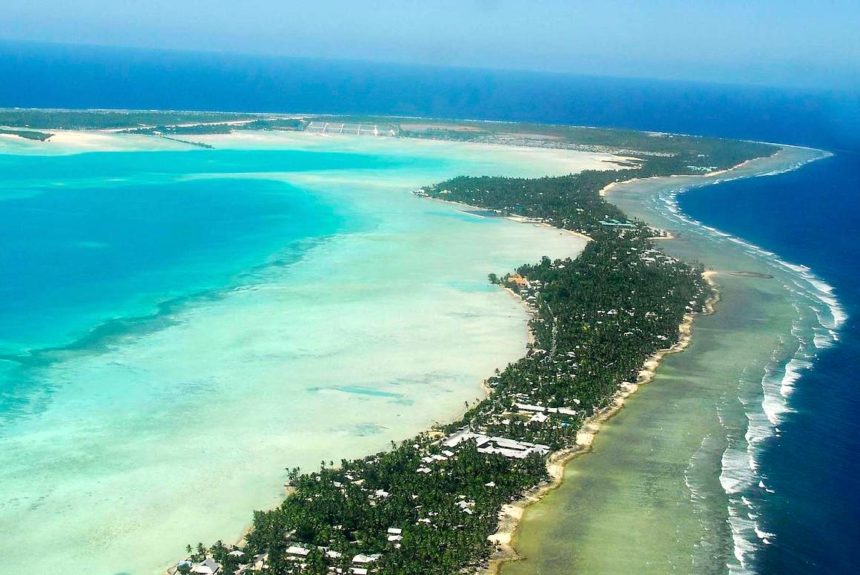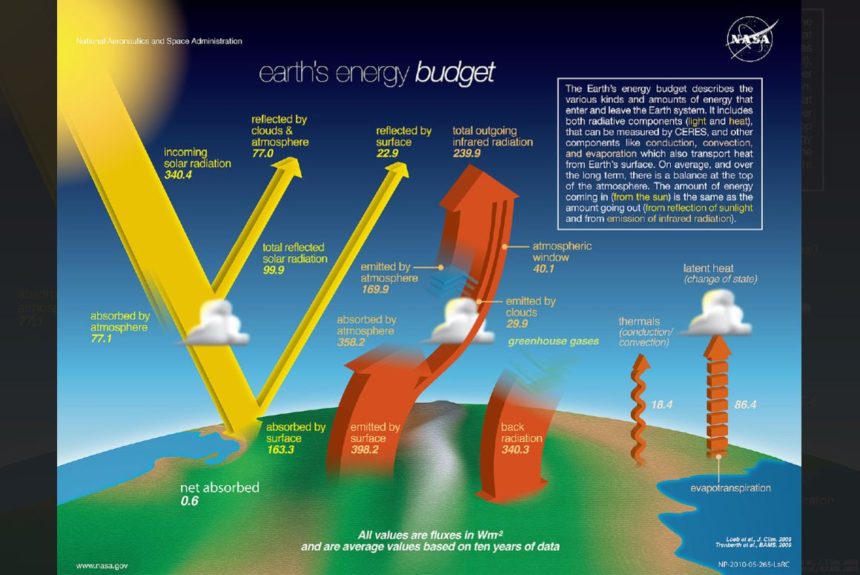This interesting article from The Economist, “Climate change is a remorseless threat to the world’s coasts,” shares enriching information on the effects of climate change around the world and what some cities are doing about it.
It describes the impressive Maeslant barrier in Rotterdam, Netherlands. Built by the Dutch as a protective barrier against storm surges, particularly since 80 per cent of the city sits below sea level.
In fact, the city was inundated in 1953 when a strong hurricane hit the country, killing almost 2000 people and flooding 9% of its farmland.
What happened in the Netherlands can also happen to other cities exposed to storm surges. Around the world, 1.6 million kilometres of coastline between 140 countries are exposed to storm surges.
A billion people live in areas less than 10 metres above sea level, which makes them vulnerable to coastal flooding, storm surges, and rising sea levels.
The sea level will continue to rise
According to the article, a centimetre rise in sea level accounts for the 3 trillion tonnes of ice melting. The sea level will continue to rise as the world warms.

Research by the Intergovernmental Panel on Climate Change (IPCC) shows a 19 cm rise in sea level in the 20th century.
An estimate of a sea-level rise of 1 metre will cause many casualties from storm surges alone.
The IPCC’s 2014 study predicts a US$20 to $200 trillion loss in property from coastal flooding by 2100. Considering that scientists tend to make conservative predictions, if climate change is indeed happening, then more fatalities and losses will be experienced in the near future.
Kiribati, one of the atoll nations, is in danger of disappearing from the map. The article mentions that with only a 2-meter sea level rise, Kiribati will be wiped away, which would be a ‘potential genocide’ according to the president of Micronesia.
Effects of thermal expansion
According to the article, glacier melting and thermal expansion are also raising the sea level. A one-degree increase in ocean temperature can cause a rise of up to 20 to 60cm. Because the ocean takes a while to warm up, the article states that even if the warming stops tomorrow, the thermal expansion will continue.
If no immediate steps are taken regarding the Paris Agreement, we will see a 3-degree rise in global temperature, which would account for the 60- to 180-meter rise in sea level due to thermal expansion, the article argues.
Scientists are worried about shrinking glaciers, especially in the west Antarctic. An increase in temperature causes the ground ice to melt, creating more ice shelves that tend to break off, and the break-offs or icebergs melt easily. Human contributions to sinking land have been documented.
The article mentions three examples:
- When residents in Tokyo drained their aquifers for their water source, the city sank by 4 meters during the first half of the 20th century.
- Jakarta followed suit after copying Japan’s mistake, causing the city to sink at the rate of 25 cm a year.
- In Mumbai, their coasts eroded when slum dwellers and developers paved their protective mangroves.
Rich countries are also facing the same threats, risking their impressive structures lining the beaches and coasts, which are becoming more vulnerable to storm surges and flooding. In New York alone, 72 thousand buildings worth US$129 billion are in a flood zone area.
The article mentions how Hurricane Sandy, an extreme weather event, can halt a city that never sleeps. It left severe damages in New Jersey and New York to the tune of US$65
billion and flooded its streets, tunnels, and subways, the article says.
Climate adaptation is the way to go
Like the Maeslant barrier that keeps the surges at bay, New York is investing in the Big U, a U-shaped shield made of parks, walls, and elevated roads to protect Manhattan. Mumbai wants to build a huge and expensive sea wall to protect its residents, and Bangladesh, a delta country, is investing in more coastal embankments while repairing its existing infrastructures.
Then there is the case of softer infrastructure. According to the article, Kate Orff, a landscape architect, thinks that building barriers and walls is just a one-dimensional approach to a multi-dimensional problem.
Another way to protect the coasts from erosion is to construct a string of offshore breakwaters. These breakwaters can reduce erosion and protect sea life.
This project is much cheaper to apply and can be ‘scaled up’ over time as threats mount. Another example of softer infrastructure is gradually restoring mangroves, with protective blocks built in place over time.
The article points out that climate adaptation is the way to go, as greenhouse gases continue to be emitted into the atmosphere, fueling perpetual changes in our climate.
Climate adaptation can take many forms and approaches, such as building strong barriers like the Maeslant structure in the Netherlands and the Big U in New York, as well as softer approaches that are low-cost, environmentally friendly, and gradually built. In the case of Atoll nations, relocation is an option to consider. Then, there is also the integration of climate change risk into policies and planning.
In reading The Economist’s article, one cannot help but admire the amazing climate adaptation strategies that cities are doing, be informed of news and events on the changing climate as the world experiences it, and most of all, have a glimpse of what the future holds.
PHOTO CREDIT: Earth’s Energy Budget Diagram by NASA – https://web.archive.org/web/20140421050855/http://science-edu.larc.nasa.gov/energy_budget/ quoting Loeb et al., J. Clim 2009 & Trenberth et al. BAMS 2009, Public Domain, Link


